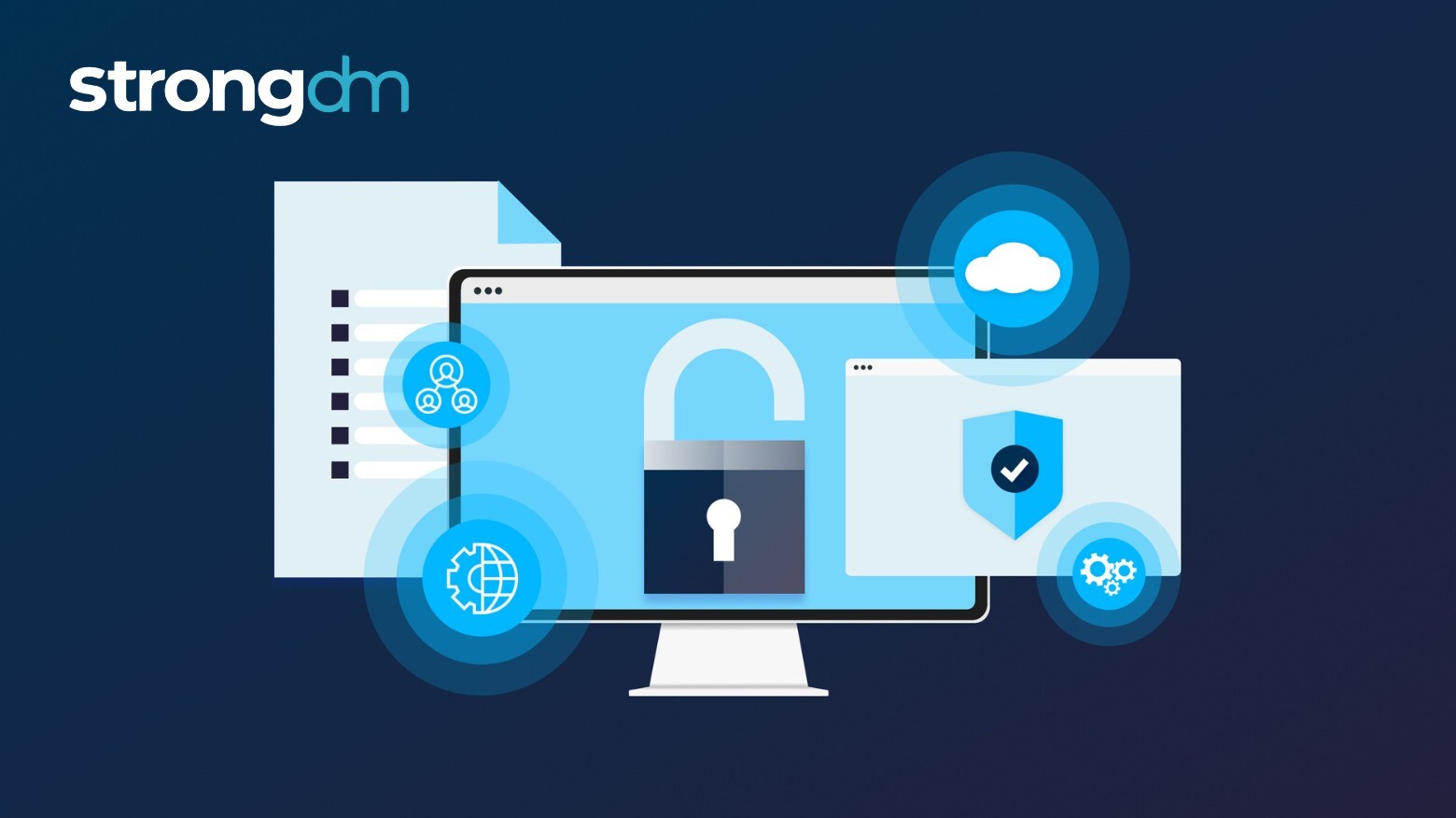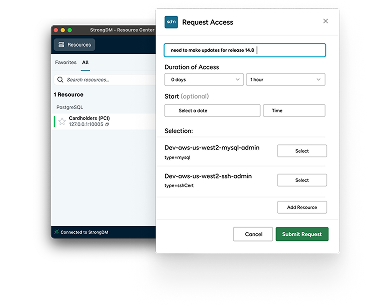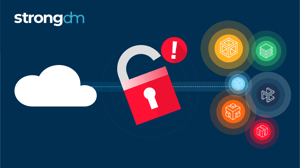What Is Access Certification? Process, Benefits & Best Practices


Written by
John MartinezLast updated on:
August 21, 2025Reading time:
Contents
Built for Security. Loved by Devs.
- Free Trial — No Credit Card Needed
- Full Access to All Features
- Trusted by the Fortune 100, early startups, and everyone in between
Access certification is more than a checkbox; it’s how you prove and enforce least privilege at scale. It ensures every user, system, and role has only the access they need, nothing more.
In this guide, you’ll learn how to run access certifications that satisfy auditors, reduce insider threats, and clean up outdated privileges. You’ll explore common types (manual vs. automated, user-based vs. resource-based), challenges, and how modern teams streamline the process with real-time visibility and automation.
You will also learn how to simplify access certification with centralized access, live logs, just-in-time (JIT) permissions, and instant revocation, replacing spreadsheets and ticket queues with scalable, auditable workflows.
What is a User Access Review?
Access certification is the process of reviewing and validating who has access to protected systems, applications, and data. The goal is to ensure that every user has the appropriate level of access for their current needs.
For example, a marketing team member may need to access a private database temporarily to get stats for a new campaign. An access certification leader would review that permission regularly and choose not to renew it when the campaign ends and the access is no longer necessary.
Note that access certification is a formal, periodic process that happens at a consistent interval. It differs from access reviews, which are less formal, and audits, which are broader and completed by external teams.
Why Access Certification Matters
Access certification is worth your attention for each of the following reasons:
- Compliance mandates: Reviewing access systemically is a crucial step toward earning cybersecurity certifications, such as SOX, HIPAA, GDPR, ISO 27001, and PCI-DSS.
- Risk mitigation: Investing in a formal access review policy reduces the threat posed by insiders, overprivileged users, and orphaned accounts.
- Visibility and accountability: In complex, distributed IT environments, access certification creates visibility that can lead to cybersecurity improvements.
- Operational hygiene: Regularly cleaning up unused roles, stale accounts, and other incidents of misaligned access keeps your digital systems clean and efficient.
So, access controls are worth prioritizing for multiple reasons. They don’t just minimize risk, but they also help with certifications, which you can leverage to win more business.
How the Access Certification Process Works
For effective user access reviews, you’ll need a well-defined process that you can repeat regularly. That typically looks something like this:
- Initiation: Your process begins with scheduled or event-driven access reviews. You can schedule these monthly or trigger them based on events like audits, role changes, and compliance cycles.
- Scope and definition: Leaders determine which systems, identities, and roles are in the scope of their review. You can filter these by department, application, or data sensitivity, among other factors.
- Review and approval: Managers, app owners, and compliance officers review current access levels for policy violations.
- Remediation: Now you're ready to address the issues you identified during your access reviews. You may need to approve new access, restrict a user's account, or flag a serious concern for further review. You may need to update your access control documentation as part of the remediation process.
- Audit trail and reporting: As you work, you'll generate logs and leave evidence of your actions for auditors. Make sure to store your decisions, timestamps, and identity to stay compliant.
Types of Access Certification
Before solidifying your process, it's worth exploring the different kinds of reviews companies use. These differ in their timing, execution, and scope in important ways, which could impact the type that's best for your company.
Periodic vs. Event-Based
Periodic reviews are scheduled in advance, often on a quarterly or annual cadence. They’re useful for meeting compliance requirements and help to reduce access risk systematically.
Event-based access certification is triggered by something rather than being scheduled in advance. You might use it after an employee quits, their role changes, or they transfer to another branch. Companies often deploy this as part of a remediation process after security incidents.
Manual vs. Automated
The manual certification process can be time-consuming and is prone to human error, so it probably shouldn’t be your only line of defense. However, it does allow for more nuanced decision-making.
Automated processes follow rules you set to automatically flag problems. This can improve efficiency and consistency, but automated processes can't catch issues that your rules don't address. The effectiveness of an automated system ultimately depends on the rules it follows. So, think carefully before implementing and don't be afraid to enlist third-party experts if you need support.
Many organizations combine manual and automated review processes to gain the benefits of each strategy while mitigating the downsides.
Role-Based vs. User-Based vs. Resource-Based
Finally, the processes that your company uses can have different scopes based on its needs and goals. These include:
- Role-based certification: Validating access rights based on the employee’s role in the company, such as whether they work in HR or finance
- User-based certification: Reviewing access on a user-by-user basis, regardless of the person's role in the company
- Resource-based certification: Focusing on who has access to the most sensitive resources instead of starting your analysis with user accounts or roles
Each of these methods can be an effective way to protect your business, so you'll want to consider which approach fits your goals. For instance, if you want to make your most sensitive databases more secure, you might use resource-based certification. But if you want to reduce the number of overprivileged employees in your network, you would likely deploy user- or role-based certification.
Key Challenges in Access Certification
Access certification is relatively simple on an individual basis, but it can quickly become complex as processes scale. You may face a variety of challenges while implementing new processes, stemming from common problems like:
- Lack of visibility: Your organization may not have deep visibility into all access paths today. You may need to invest in infrastructure to generate that visibility and protect against VPNs, jump hosts, and database penetration.
- Overwhelmed reviewers: Manual reviews leave more room for nuance but can lead to certification fatigue when scaled. This can result in human error, which is why many companies supplement employee oversight with automated processes.
- Data silos: Access certifications can become challenging when data silos exist between departments, teams, and branches. You can avoid this by investing in infrastructure that delivers centralized visibility into who can access which systems.
- Difficulty maintaining an up-to-date inventory of access permissions: As your list of permissions grows, it becomes increasingly hard to manage. Investing in a centralized platform to house the information can save you time and energy.
Best Practices for Effective Access Certification
Following the best industry practices for access certification can help you overcome key challenges to protect your business. These include:
- Using role-based access controls (RBAC) and attribute-based access controls (ABAC)
- Automating certification workflows where possible
- Involving the right stakeholders in your process (for example, data owners, not just IT teams)
- Offering contextual information to reviewers, showing why a user has access, their last login, and other factors that could help them make more informed decisions
- Investing in real-time access visibility across cloud environments, physical premises, and hybrid systems
- Creating audit-ready documentation to prove compliance with key cybersecurity frameworks
You may also want to review foundational cybersecurity concepts like zero trust and the principle of least privilege. Rooting your processes in these philosophies can make them more robust and effective at scale.
Access Certification Tools & Technologies
The good news is that there are many tools and technologies available to simplify your access control policy. Here’s a look at the best options.
Identity Governance and Administration (IGA) Platforms
IGA platforms are comprehensive tools for managing user identities, roles, and access rights across all of your systems. They integrate with your existing apps and systems to automate certification campaigns, help with policy enforcement, and provide dashboards for risk scoring and audit logs. This all adds up to streamlined compliance and improved security.
Cloud Access Security Brokers (CASBs)
CASBs are security tools that sit between users and cloud applications, monitoring and controlling access. They watch your cloud applications, search for risky access patterns, and deliver reports with context to help you make informed certification decisions.
Privileged Access Management (PAM) Solutions
PAM solutions help companies manage high-risk privileged accounts, such as system administrators and root users. They monitor sessions, enforce just-in-time (JIT) access, and help companies maintain strict governance around high-risk access.
API Integrations and Connectors for Centralized Reviews
Finally, you'll also find tools that support API integrations and connectors for centralized reviews. These integrate with IGA platforms, pull access data from your apps and systems, and send review tasks to managers. This puts all of the information you need to make decisions in a single place, saving you time and helping you focus on the most important certifications first.
Make Access Certification Effortless with StrongDM
Access certification doesn’t have to be a manual, spreadsheet-driven burden. StrongDM helps you enforce least privilege and stay audit-ready without drowning in ticket queues or reviewer fatigue:
- Centralized Access Visibility: See exactly who has access to what across databases, servers, Kubernetes, and cloud, all in one platform.
- Automated Certification Workflows: Replace tedious manual reviews with automated, auditable campaigns that scale across teams and environments.
- Just-in-Time Permissions: Grant temporary access when needed, then automatically revoke it to eliminate stale accounts and privilege creep.
- Live Logs & Audit Trails: Every action is logged in real time, giving you tamper-proof evidence for HIPAA, SOC 2, ISO 27001, PCI-DSS, and beyond.
- Seamless Remediation: Instantly revoke or adjust access from a single console, no more chasing tickets across multiple systems.
Prove compliance. Enforce least privilege. Reduce audit fatigue. StrongDM makes access certification simple, scalable, and secure.
Book a demo today to see how StrongDM transforms access certification into a competitive advantage.
Next Steps
StrongDM unifies access management across databases, servers, clusters, and more—for IT, security, and DevOps teams.
- Learn how StrongDM works
- Book a personalized demo
- Start your free StrongDM trial

Categories:

About the Author
John Martinez, Technical Evangelist, has had a long 30+ year career in systems engineering and architecture, but has spent the last 13+ years working on the Cloud, and specifically, Cloud Security. He's currently the Technical Evangelist at StrongDM, taking the message of Zero Trust Privileged Access Management (PAM) to the world. As a practitioner, he architected and created cloud automation, DevOps, and security and compliance solutions at Netflix and Adobe. He worked closely with customers at Evident.io, where he was telling the world about how cloud security should be done at conferences, meetups and customer sessions. Before coming to StrongDM, he lead an innovations and solutions team at Palo Alto Networks, working across many of the company's security products.
You May Also Like




